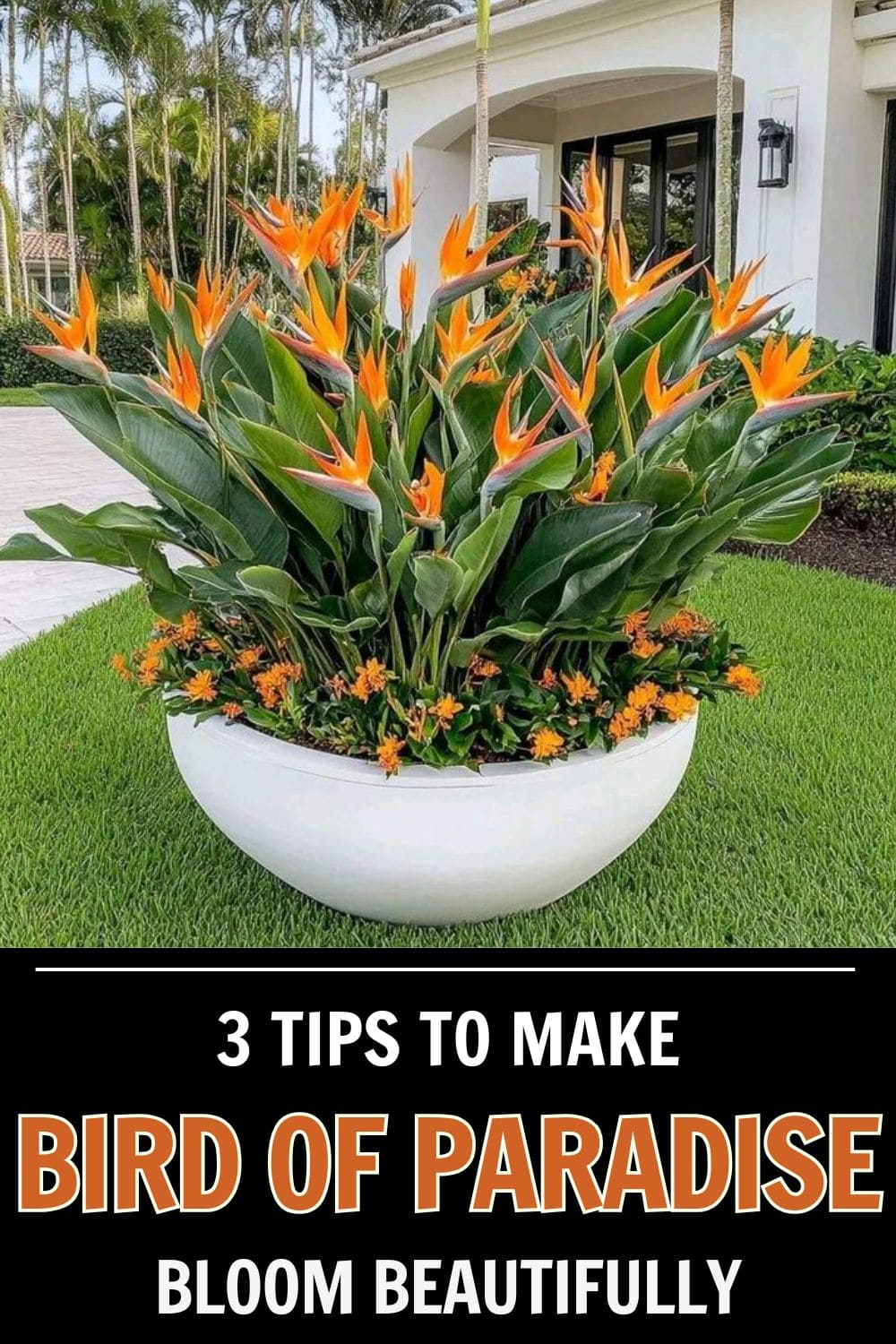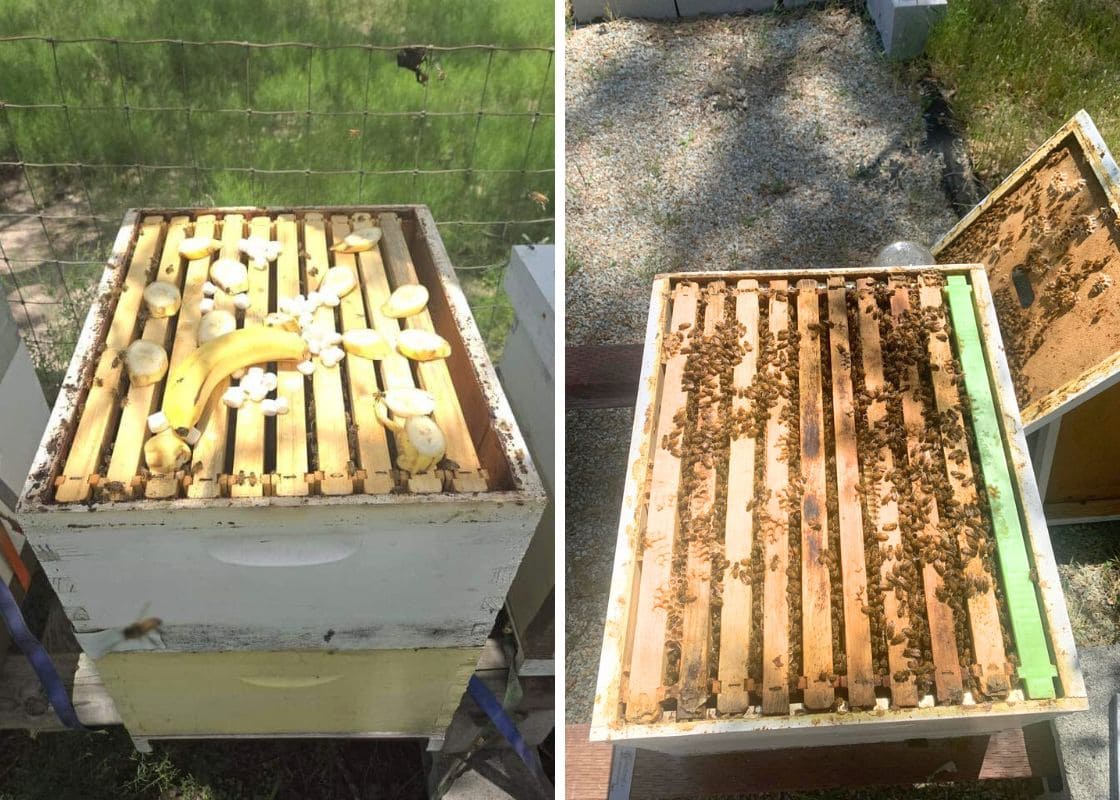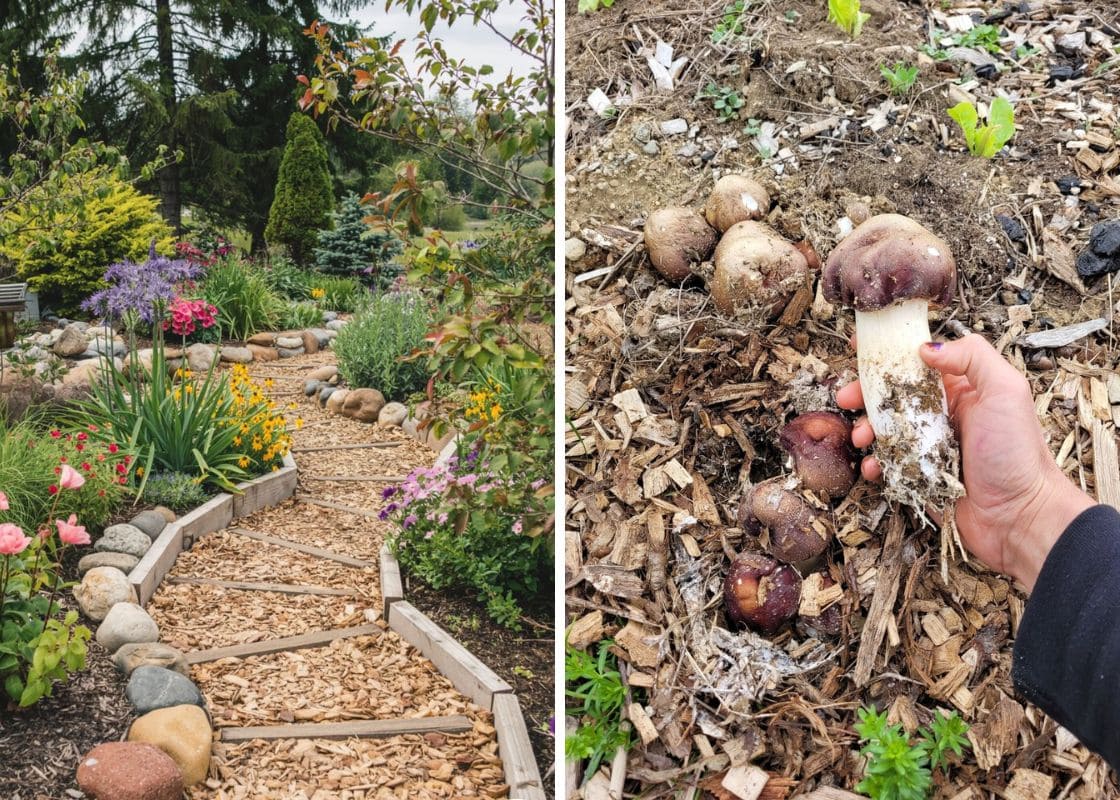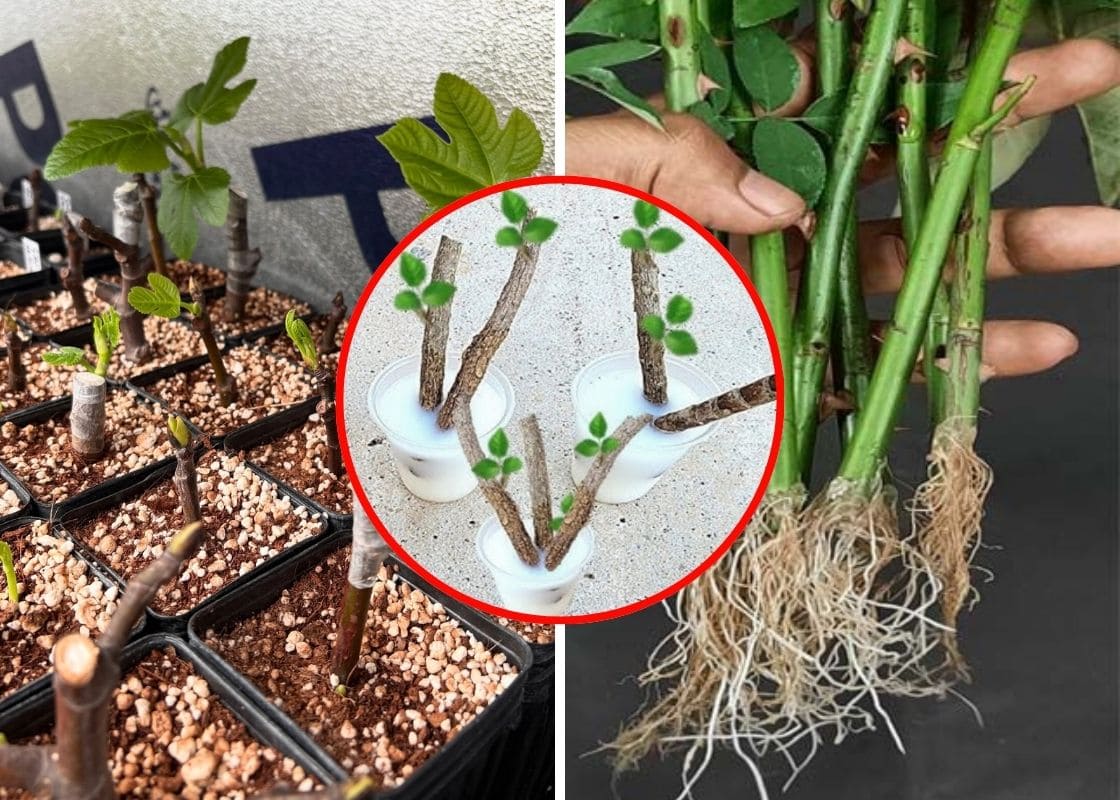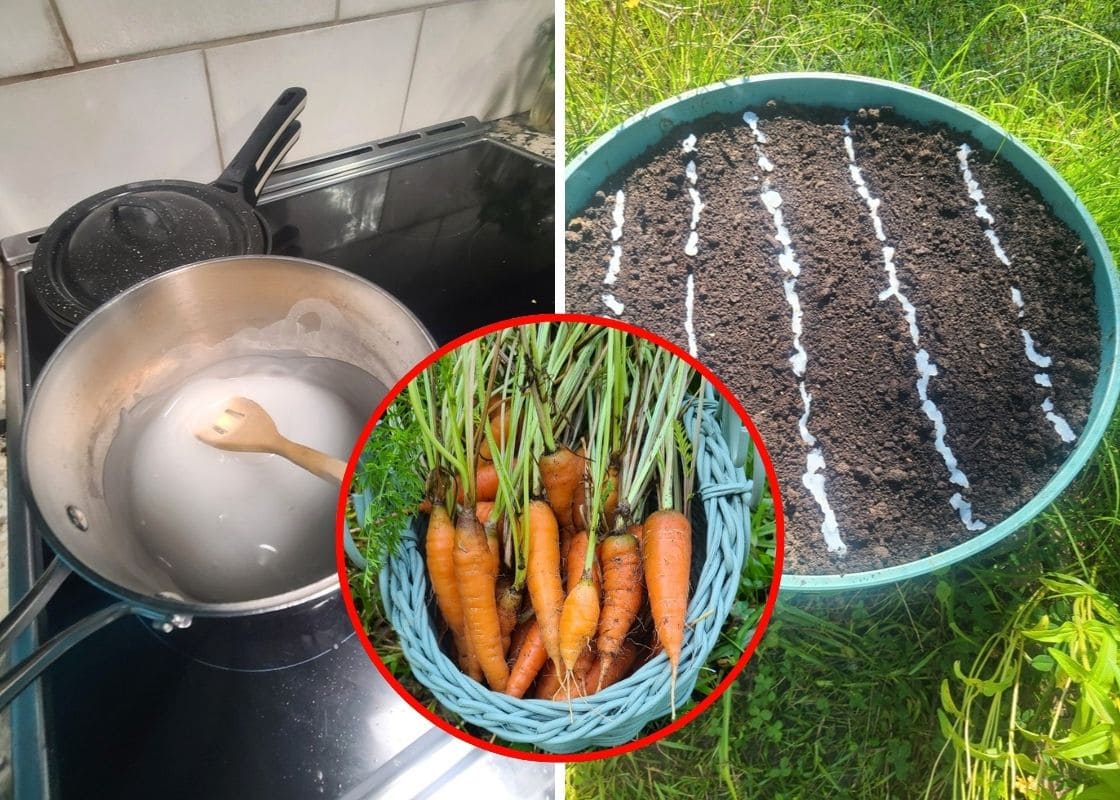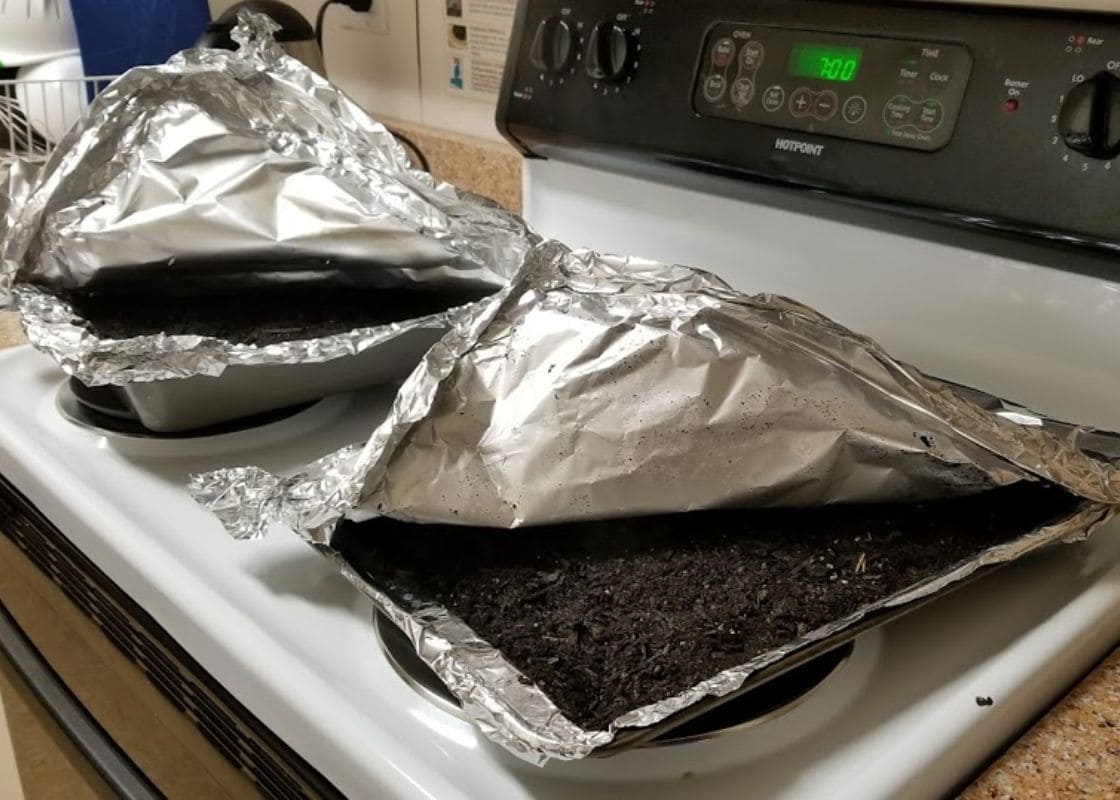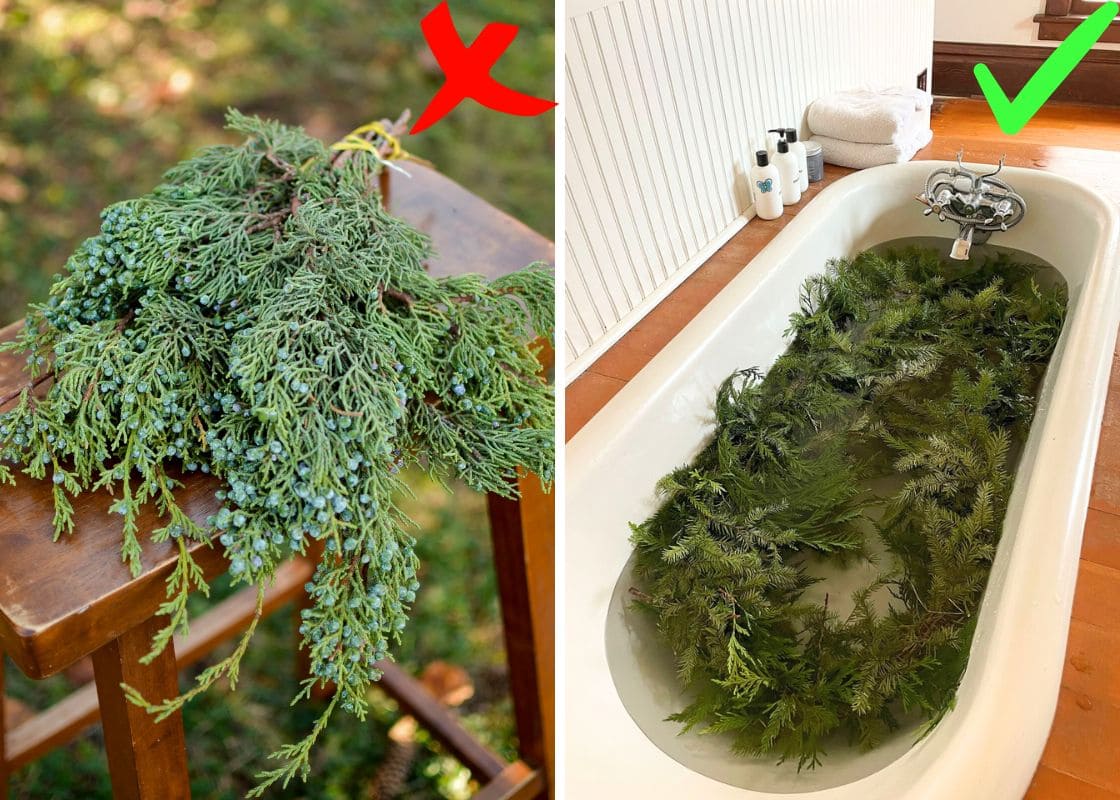The Bird of Paradise is one of the most striking plants you can grow. Its lush foliage and exotic, crane-like flowers can turn a simple corner into a tropical retreat.
But what if your plant has grown big, leafy, and healthy yet refuses to bloom? You’re not alone.
Many gardeners face this frustration. The good news is, a few small changes in care can make all the difference.
Here are three proven tricks to help your Bird of Paradise finally burst into flower.
Why Isn’t My Bird of Paradise Blooming?
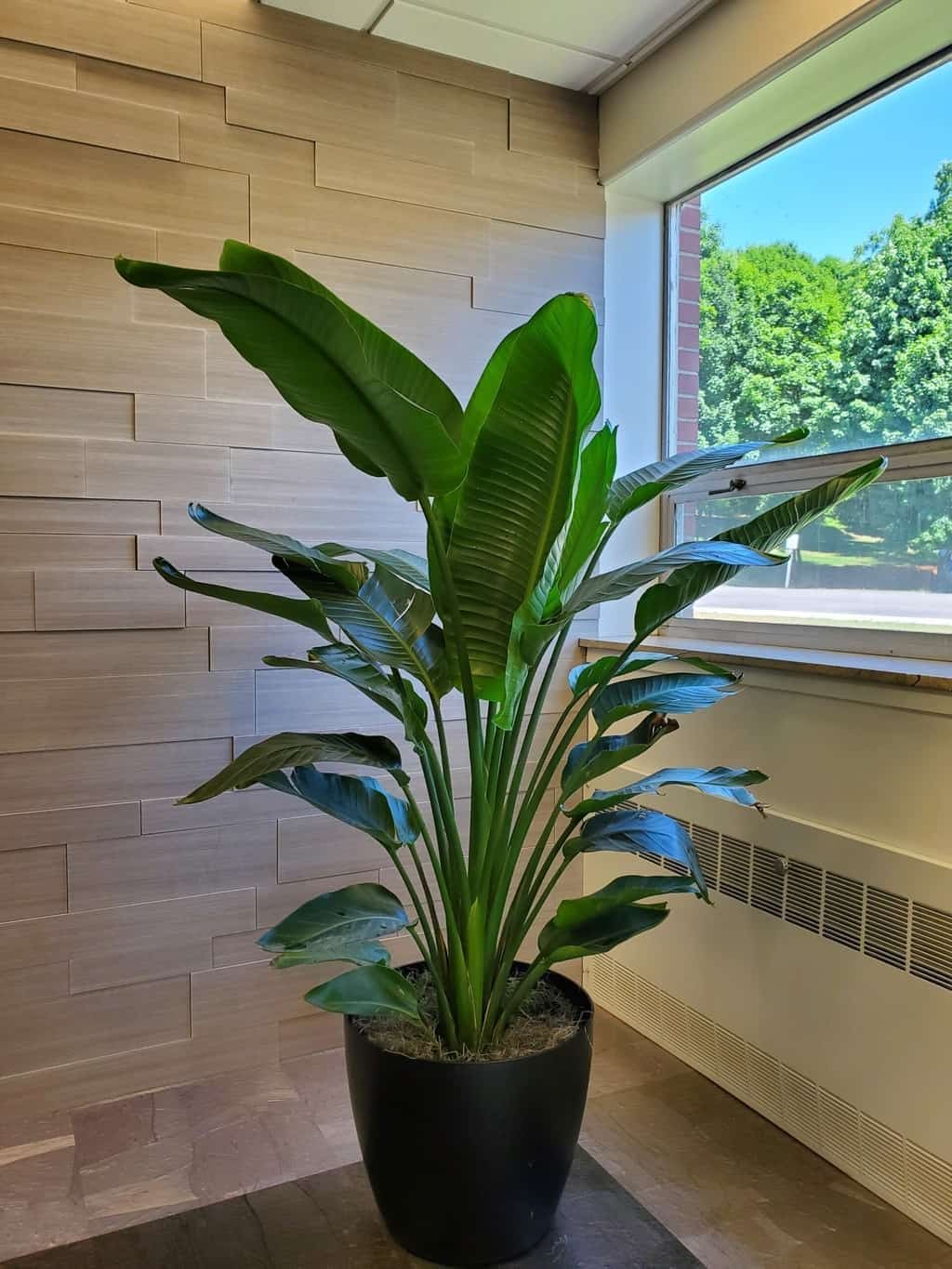
Before we jump into solutions, it helps to understand why these plants sometimes refuse to flower.
Birds of Paradise are tropical perennials that need very specific conditions to shift from leafy growth to blooming. Often, the reasons include:
- Not enough direct sunlight
- Being planted in too large a container
- Lack of the right nutrients
- Or simply being too young as most plants need 4-6 years before they’re mature enough to bloom.
3 Tricks to Make Your Bird of Paradise Bloom
Give It Enough Sunlight
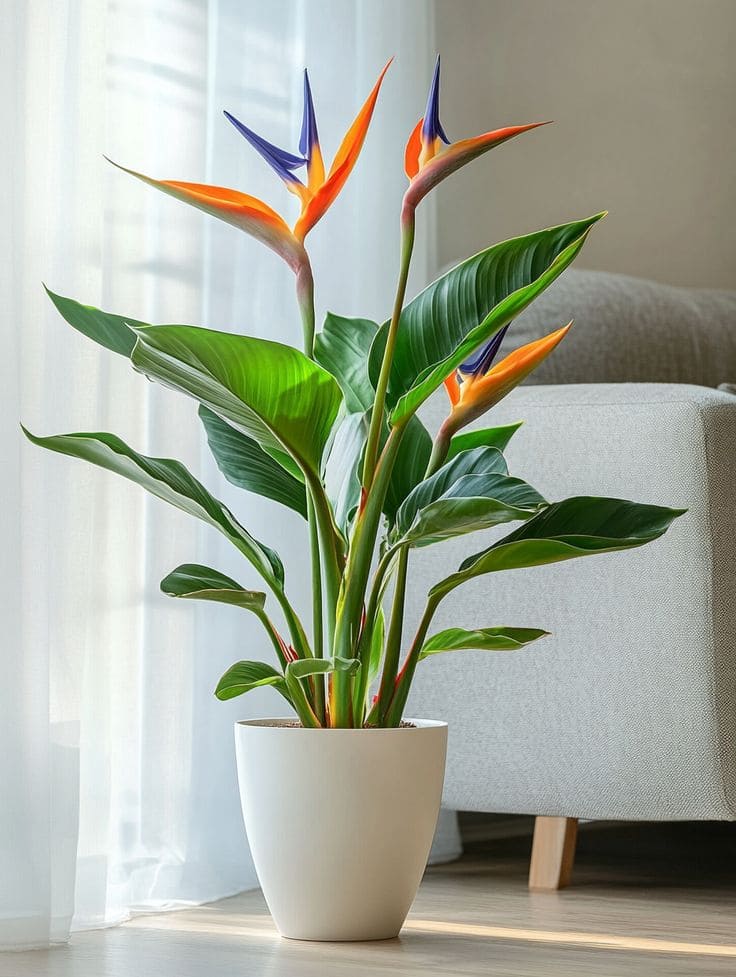
The number one reason Birds of Paradise don’t bloom is not enough light.
These plants aren’t shy, they need at least 6 hours of direct sunlight daily to produce flowers.
Outdoors, they thrive in full sun. Indoors, place yours near a bright, south- or west-facing window where it gets consistent, strong light.
If natural light is limited, consider supplementing with a grow light. Rotate the plant every couple of weeks so all sides receive light evenly.
Specially, you need to remember that without sunshine, you’ll get leaves, but no blooms.
Don’t Overpot (Size Matters)
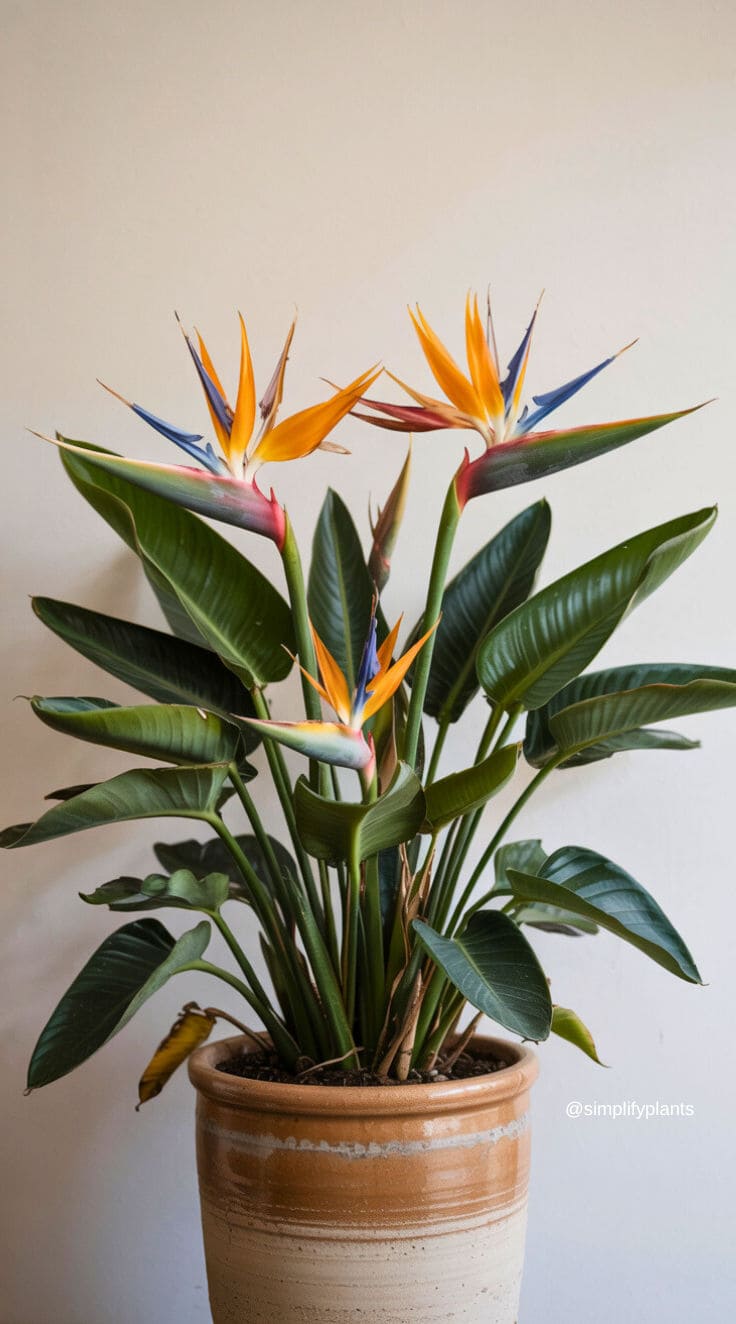
If you’ve repotted your plant into a container that’s too large, it may focus on filling that soil with roots instead of producing flowers.
In fact, many gardeners find that plants bloom best when they’re slightly root-bound.
The trick is to use a pot only 2-3 inches larger than the root ball.
Once the plant feels settled and its roots fill the container, it will redirect energy into flowering.
Also keep in mind: even in the right pot, a Bird of Paradise must reach maturity, usually around 4-6 years before blooming regularly.
Feed the Right Way
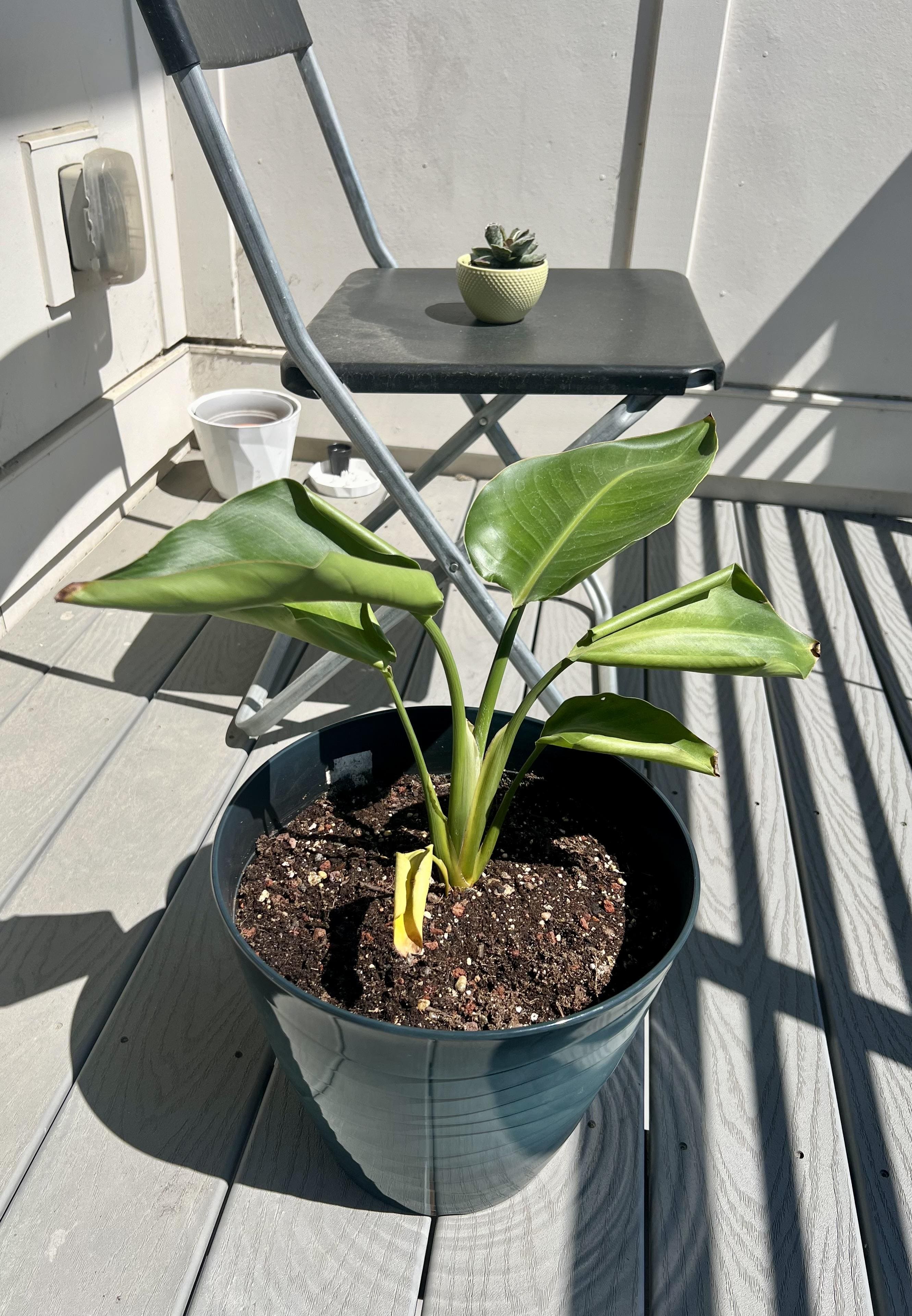
If you’ve been feeding your plant with nitrogen-rich fertilizer, you may have unintentionally encouraged leafy growth at the expense of flowers.
To fix this, switch to a phosphorus-rich fertilizer, often labeled as a bloom booster.
Feed every 2-3 weeks during the growing season (spring and summer), then taper off in fall and winter when the plant rests.
Don’t forget to flush the soil every few months to prevent fertilizer salts from building up and stressing the roots.
Extra Tips for Success
Beyond these three main tricks, here are a few bonus tips to keep your Bird of Paradise in peak condition:
- Warmth matters: These plants prefer temperatures between 65-70°F (18-21°C). Cold drafts can delay blooms.
- Moisture balance: Keep the soil evenly moist, but allow the top inch to dry between waterings. Overwatering invites rot, while underwatering causes stress.
- Stability counts: Avoid moving your plant too often, Birds of Paradise dislike frequent changes in environment.
- Outdoor boost: If you live in a warm climate, moving your plant outdoors in summer can encourage blooming thanks to stronger natural light.
Final Thoughts
Waiting for a Bird of Paradise to bloom can test any gardener’s patience, but with the right conditions, it will eventually reward you with its iconic flowers.
Focus on providing sunlight, keeping the pot size just right, and feeding with bloom-boosting nutrients.
Also, add in warmth and consistency, and you’re setting the stage for success.
